Is OMI an ECG Diagnosis?
Dr. Smith's ECG Blog
APRIL 18, 2024
I sent this to the Queen of Hearts So the ECG is both STEMI negative and has no subtle diagnostic signs of occlusion. Similarly, if a patient with known CAD presents with refractory ischemic chest pain, the ECG barely matters: the pre-test likelihood of acute coronary occlusion is so high that they need an emergent angiogram.











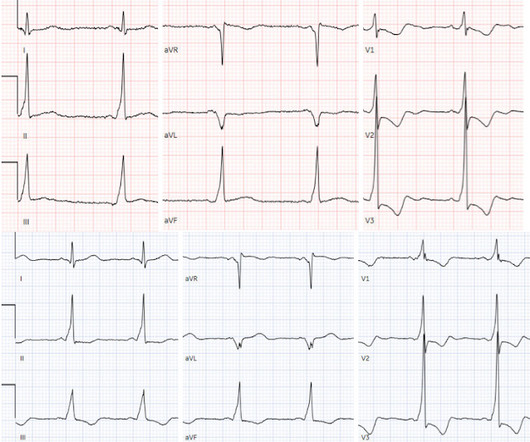
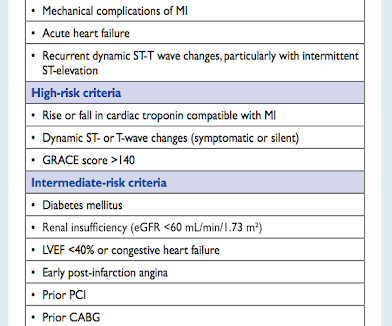
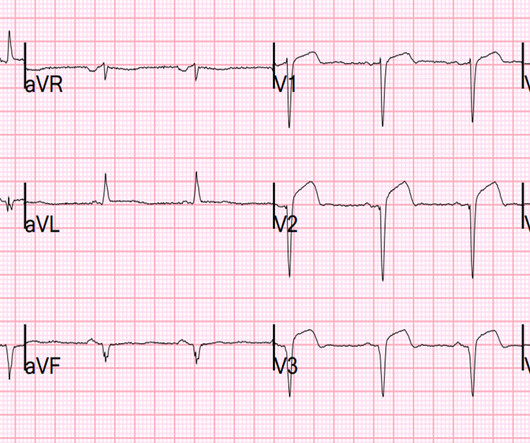
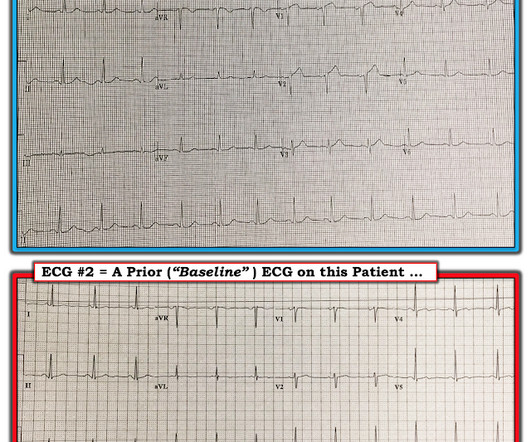

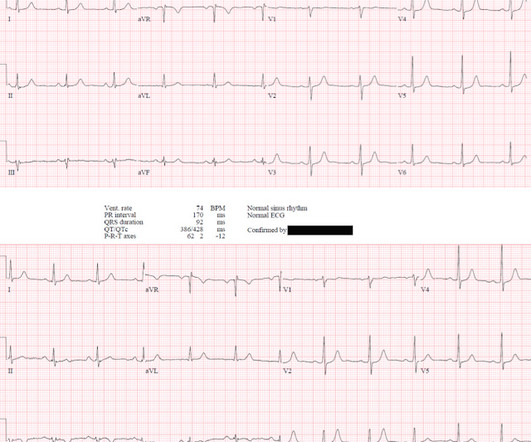
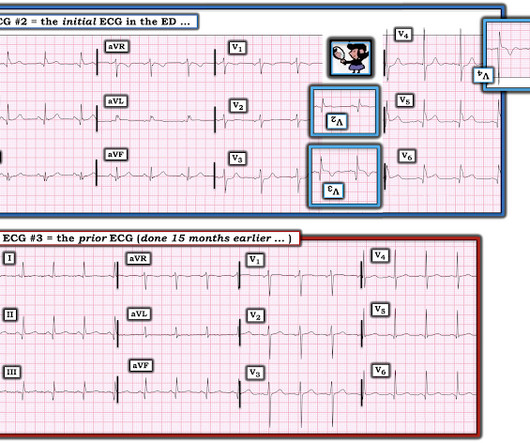
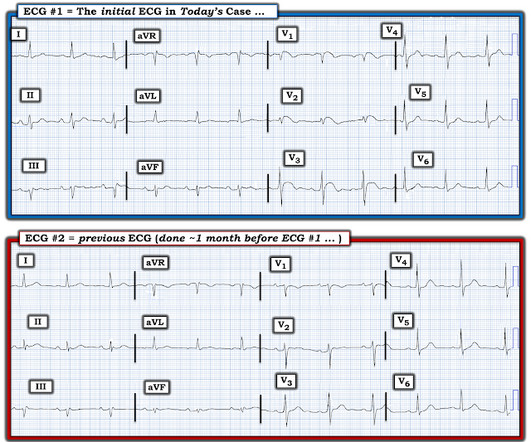
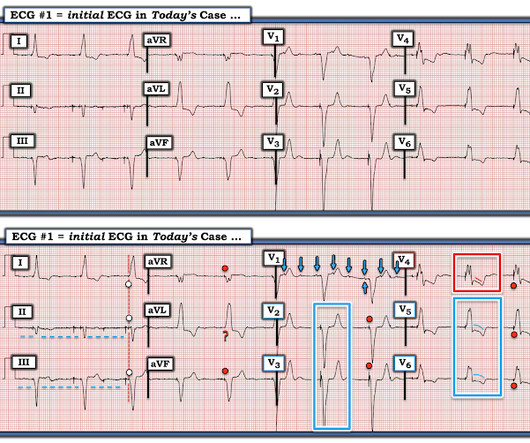






Let's personalize your content